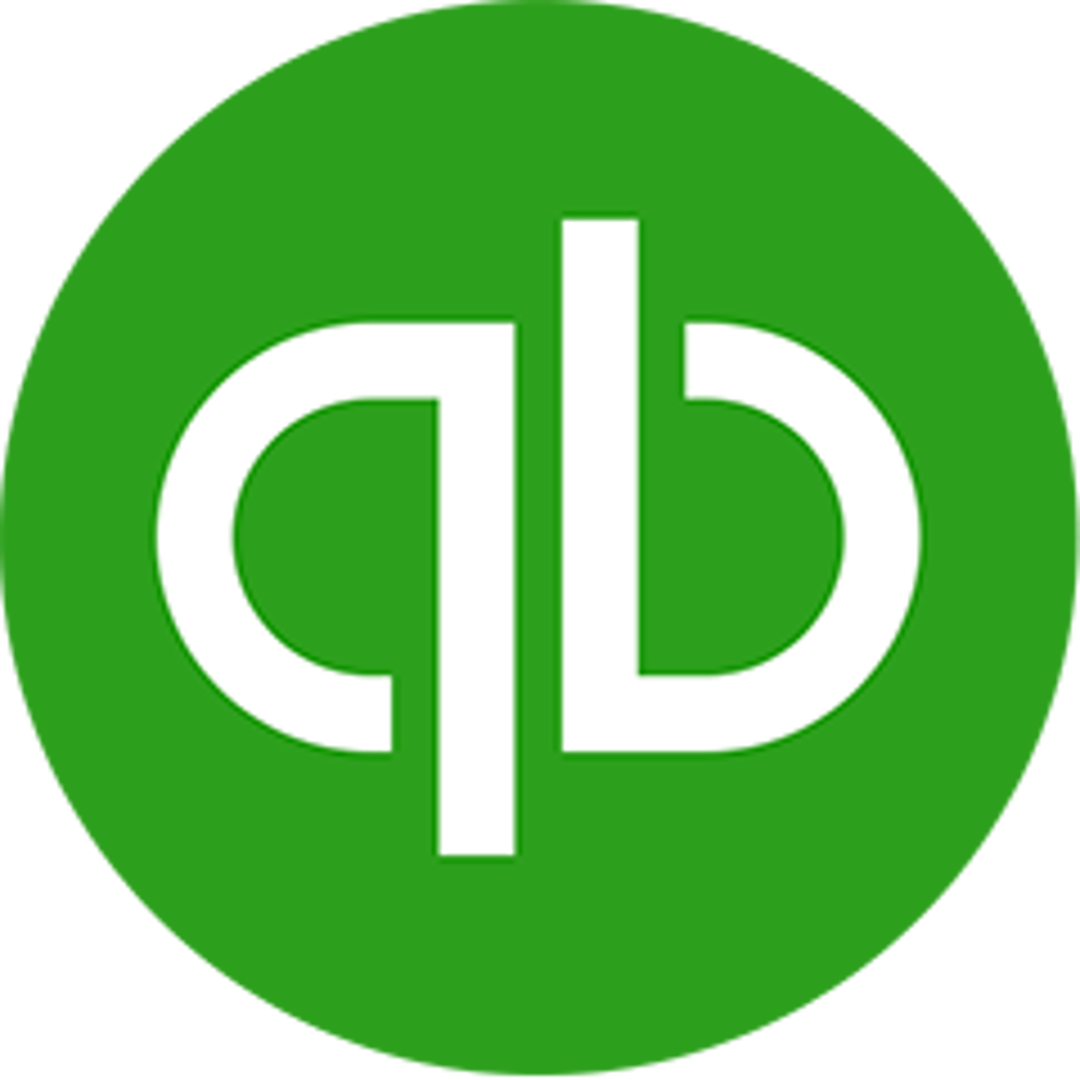What is the difference?
CAC vs COGS
Customer Acquisition Cost
Cost Of Goods Sold
What is it?
Customer Acquisition Cost (CAC) is the cost a business incurs to acquire a new customer. This includes the fully loaded costs associated with sales and marketing to attract a potential customer and to convince them to purchase, divided across all new customers.
The Cost Of Goods Sold (COGS) is the measure of direct costs incurred by a company to manufacture or deliver their product or service. Costs typically include raw material and direct labour, but this varies from business to business, depending on the products or services that are being sold. COGS is the building block to understanding Gross Margin and Gross Margin Percent.
Who is it for?
Categories
Formula
Example
Say a company has the following breakdown of their sales and marketing expenses in one month: Sales and Marketing Salaries- $15,000 Travel Expenses- $500 Commission paid- $3000 Tech Stack-$500 Ads- $1000 In total, their sales and marketing efforts for the month are $20,000. Now, say for that month those efforts enabled the company to acquire 5 new customers. Dividing that total by 5 shows that the company spent $4,000 per new customer. Their CAC is then $4,000 for that period.
A SAAS based Company A has the following costs that were incurred in a month: Amazon Web Services hosting costs: $30,000 Site Reliability Engineering Salaries: 45,000 Customer Support Salaries: $10,000 Consultant hired to work on infrastructure: $5,000 The total COGS for Company A this month is: $90,000
Track this metric
Published and updated dates
Date created: Oct 12, 2022
Latest update: Mar 21, 2024
Date created: Oct 12, 2022
Latest update: Mar 18, 2024

